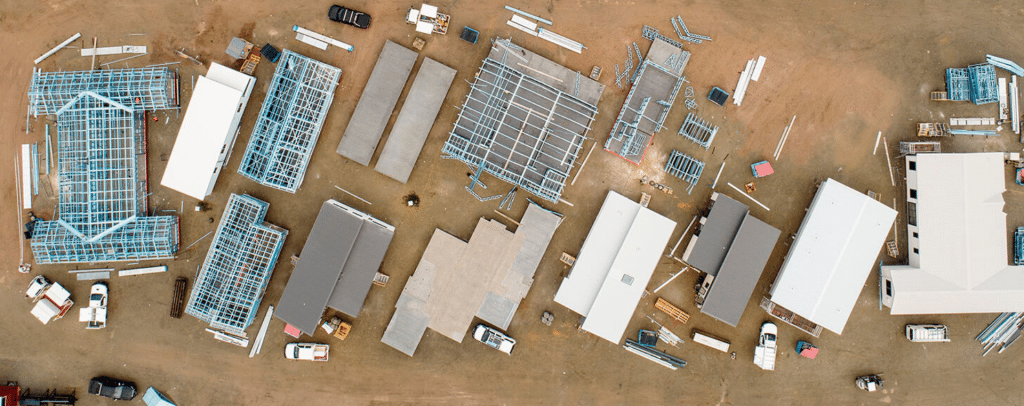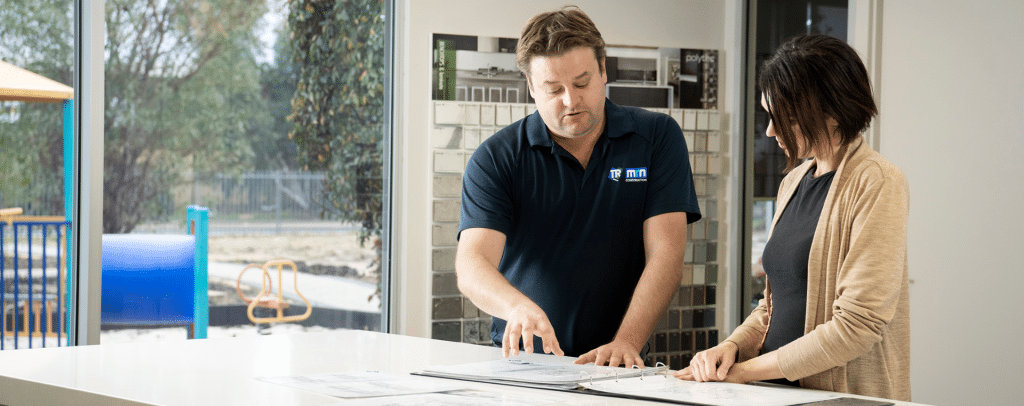Sustainability is a buzzword that gets thrown around a lot, particularly if you’re looking to build. But what does it actually mean, and how can we achieve it? Building sustainably has probably been considered more of a trend than a necessity in recent years. Now, we’re seeing homes built more consciously, emphasising more efficient energy usage.
Features of a Sustainable Home
With growing concerns about the long-term effects of climate change, it has become more crucial than ever for our homes to be environmentally sustainable. Features of a sustainable home include low running costs, durability, eco-friendly building materials, and, where possible, the family’s lifestyle should be considered.
Modular home designs are well-suited to sustainable principles. If you’re looking to build a modular home, chat with our design team at TR Homes. It’s easy to include features that are good for the environment and you.
Smart Home Orientation
During the design process, it’s important to factor in the orientation of your home within your block of land. The orientation of your home can significantly impact your comfort and energy efficiency. Because the sun’s path in Australia is to the north, positioning your home’s living areas to face north maximises natural light, reducing the need for artificial lighting. In addition, with optimal home positioning, you can achieve substantial savings on heating and cooling costs, making your home more sustainable and affordable.
Building in a Controlled Environment
Building a modular home has other sustainable benefits that you might not have considered. At TR Homes, we build your new home here at our premises in Maddington, which means the direct impact on your land is reduced by up to 90%.
Another environmental benefit of an off-site build is the ability to retain all excess materials for use on future projects, resulting in a massive reduction in waste.

Things to Consider When Building a Sustainable Home
Many modular homes already include sustainable living features; if they don’t, they’re simple to add in. Some features are significant, and some are small, but all contribute to the bigger picture of making your home more environmentally friendly.
Here are some things to consider when building:
- Install a smart meter: We’re all guilty of leaving our heating on longer than we need in the cooler months. Having a smart meter installed means your devices can be programmed to only come on at certain times of the day. And with the rising energy costs, it’s also a great way to decrease your bills.
- Energy-efficient light bulbs: While these have been around for quite some time, it’s only in the last few years that we have become more aware of their effectiveness and how they can save us money around the home. With improvements in their technology, you’ll find they are brighter and don’t need to be replaced as often as regular light bulbs. TR Homes provides energy-efficient LED bulbs as a standard inclusion.
- Solar panels: While they’re considered a long-term investment, they’re essential for any home wanting to be eco-friendly. While the initial outlay of money may put some people off, you could end up saving more than you spend, and some homes can make enough electricity to go entirely off the grid.
- Insulation: Insulation in the walls and roof means your home will retain heat in winter and use less energy to warm up your living areas. TR Homes chooses R2.5HD thermal batts for external walls, R4.1 batts for flat ceilings, and R3.0 batts for raked ceilings (with restricted roof space). You can also add internal wall insulation to your modular home for increased thermal benefits.
- Double-glazed windows: Having double-glazed windows will save you money in the long run. They will also help reduce energy costs by keeping your home well-insulated as well as having the added bonus of reducing external noise. Ask your builder about upgrading to double-glazing or visit the Jason Windows’ website to learn more about double-glazing.
- External paint colours: The colour of your home’s exterior can also play a role in sustainability. Darker colours absorb more heat, making your home warmer in the summer and potentially increasing your energy consumption for cooling. In contrast, lighter colours reflect sunlight, keeping your home cooler and reducing the need for air conditioning.
- Water conservation: Water conservation is important, particularly if you live in regional and farming areas. Several ways to reduce water consumption around the home include installing low-flow shower heads and water-saving toilets. TR Homes offers a range of adjustable-flow showerheads through it’s supplier; Alder Tapware.
Take Time to Get Your Home Design Right
These are just some of the ways to make your home more sustainable. However, by getting good advice from the start and taking the time to get the design right, you can build a home that has a minimal footprint on the environment and will save you money in the long run.
Ready to Start Your Sustainable Journey?
Contact TR Homes today for a free consultation! We can help you design a beautiful, eco-friendly modular home that meets your needs and budget. Let’s build a brighter future together.
Call us at 9493 2998 or complete our contact form to get started!



